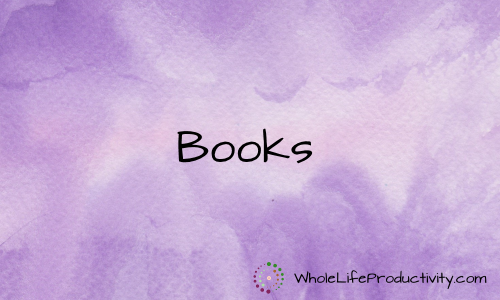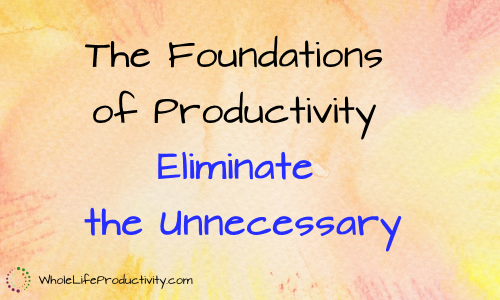
Tell Your Time: Short, Simple, Do-Able Method
Tell Your Time is a short and to-the-point book about a different approach to time management. It combines the roles of Covey with the Eisenhower Matrix to help you craft an approach that is flexible and focused.
This book, which is about 30 pages, is kept purposefully short because a book on time management shouldn’t suck up your time. It starts with a look at why most people don’t reach their goals, and moves on to a very specific method of getting he most of your time. Following the steps in this book can help you get clearer about what you are trying to do and how to accomplish this.
Going to Switzerland? Or Siberia?
The book starts out with an analogy. You want to go to Switzerland, but the terminal is a long walk and there are hours to wait. You see that the gate you are at is leaving right now. But it’s not going to Switzerland. You get on anyway, trading your planned trip for something here and now. Most people don’t reach their goals because they trade what they really want for the things right here, right now.
“Our problem is not so much a conscious choice to abandon our goal but an unconscious aversion to waiting and working.”
The Secret of Time Management
This isn’t really a secret, but it is something most people forget to take into account: “If you want to manage your time, the sum total hours of your daily activities should be less than twenty four.”
To which I say, no kidding. But yet I, and everyone else I know, tries to pack more than 24 hours into every day.
The great analogy of this system is looking at time like an envelope budget. You put all your money (or time) into specific envelopes. If you exceed in one envelope, you must either do without or take from another envelope.
She goes on to say “The stress associated with a too-full schedule has little do with time at all; it has everything to do with our choices.”
Making a Schedule
“Are your daily activities moving you toward where you want to be, or are you swept up in the tumult of your to-dos?”
This is a great question, but how do you know where you want to be? To this, Amy takes two staples of the productivity sphere and puts them together in a way I’ve never seen before.
Roles
This part is straight out of Stephen Covey’s 7 Habits: determining what roles you play in your life. This can include everything from spouse to working to parent to volunteer and more.
What Do I Want To Be?
At this point, most systems would have you figure out what you want to do in each area you identified. Instead, Amy asks you to identify what you want to be in the areas you identified. And from there you figure out what activities you can do weekly or daily that will help you achieve those qualities.
On the surface this seems like an easy exercise; it would be very easy to write down flippant items for each. However, if you take some time and really look at it, you might find some profound items that would generally not make it onto a task list.
Grid Them
This was unusual. Most of us are familiar with the Eisenhower matrix as a system of priorities for tasks. But Amy takes the grid and instead of urgent/non-urgent and important/unimportant, she uses negotiable/non-negotiable and flexible/inflexible in time.
For example, working hours (for most of us) would be non-negotiable and inflexible, putting the task in quadrant 1. Quadrant 2 becomes the place for non-negotiable and flexible things. These should be where most of your activity lies. This would be things like sleep, and where your role activities should live. Q3 and Q4 are the negotiable items.
I think this way of looking at activities can really help take the wheat fom the chaff.
Plot It
Once you have an idea of what you are doing and the negotiability of the time, you fill out a grid. This can be done in a spreadsheet and lets you have a visual representation of what your time will be allocated to.
I have found doing this grid helps me keep my schedul under control and allows me to have enough time to relax and unwind.
Reading Time
This is a very short book. It took me less than an hour to read, even with taking notes.
What You Can Do Right Now
One of the things that you could do right now is to apply the matrix to your current task list. See if looking at the negotiability/flexibility helps weed out some of your tasks.
Book Information
Book: Tell Your Time*
Author: Amy Lynn Andrews
ASIN: B005F0H7BK




